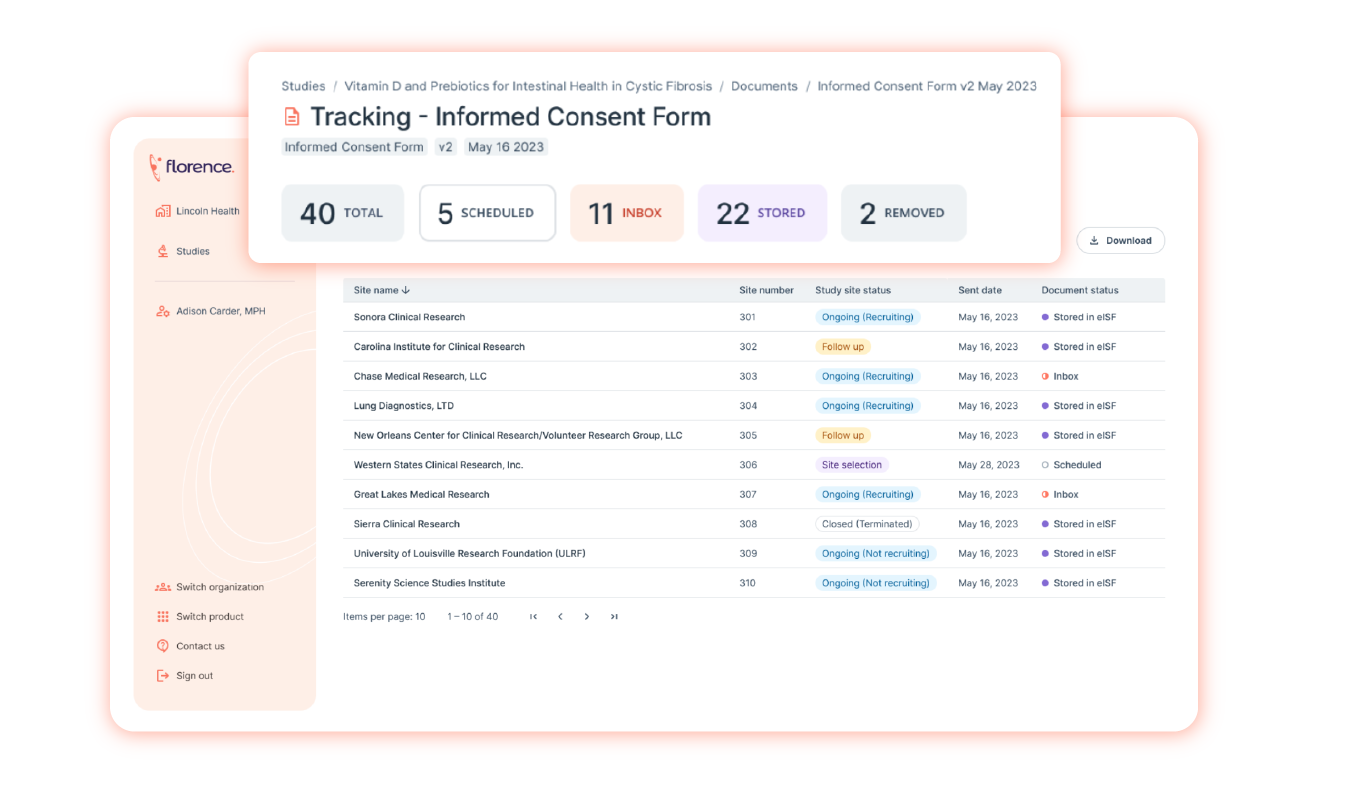FDA Guidance on Printed Copies
If a printed record from an electronic clinical chart identifies who created the data, when (day, month, year, and hour), and who printed it out (username, day, month, year, and hour) is it necessary to request the investigator to certify every printed copy?
Yes, there needs to be a dated signature in order for a copy to be certified. The process of generating and maintaining the certified copies is up to the sponsors and clinical investigator sites (from 2013).
Documentation available in the Florence Library of FDA eRegulatory and eSource Guidance
If a printed copy indicates the end hour of the record but not the initial hour, is this considered not compliant with Part 11?
No, having an hour is not listed as a requirement for part 11 compliance (from 2013).
Documentation available in the Florence Library of FDA eRegulatory and eSource Guidance
Are printed copies required to be signed and dated by CRA?
No. Certification should be done by the person who made the copy. This process can be outlined in your SOPs to make this process clear (from 2013).
Documentation available in the Florence Library of FDA eRegulatory and eSource Guidance
If we use printed copies of electronic records from another organization, but we cannot verify the copies from them, what is the responsibility of the investigators and sites?
If your goal is to deem these printed copies as certified, the source electronic record must be verified by the research team. This can be done by monitors/auditors spot-checking the completeness of the records at the source. Otherwise, you can use copies of the electronic records as long as the originals can be accessed if needed during a FDA inspection. (from 2013).
Documentation available in the Florence Library of FDA eRegulatory and eSource Guidance
What is the process for monitoring when medical records are all printed and print-outs are used for data monitoring?
First, the print-out is considered the source document and the signature of the investigator is enough to certify the document. If the monitor from the sponsor is not employed by the site and not on the Delegation Duties Form signed by the PI, he/she could not be allowed to add initials or date on this form. The information that should be available during the monitoring visit is described in the FDA monitoring document (from 2015).
Documentation available in the Florence Library of FDA eRegulatory and eSource Guidance
The summaries presented in our library are for informational purposes only, they are not for implementation in operations. Please consult official FDA guidance documents for operational use.


